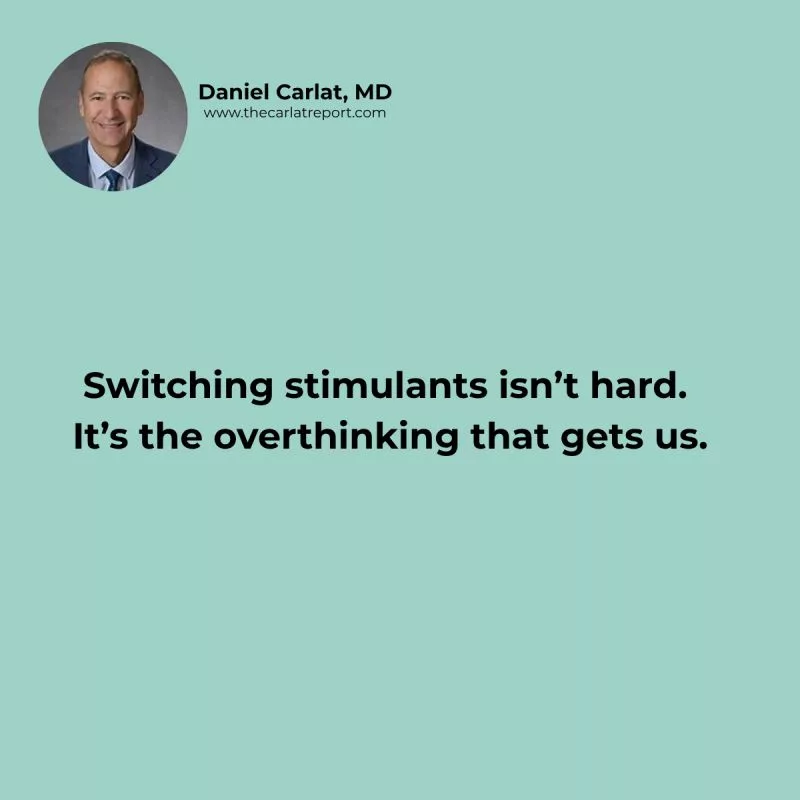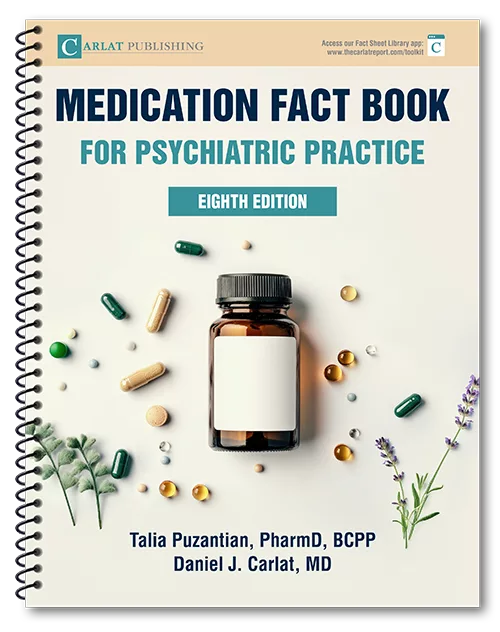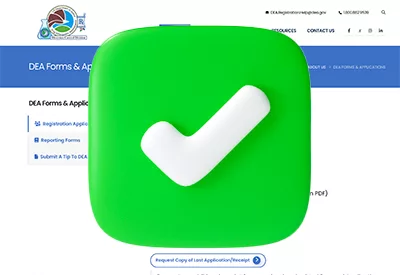There are hundreds of psychiatric medications to choose from.
And most patients won’t stay on the first one we try.
Whether it’s side effects, lack of response, or just life changing—switching is part of the work.
So today, I’m kicking off a new series from the upcoming 8th edition of the Med Fact Book:
Switching and Cross-Tapering, A to Z.
Starting with A: ADHD meds.
Stimulant switches are common—and usually straightforward. But they come with a few traps.
These are simplified rules of thumb.
They don’t cover every scenario—but they’ll get you through some of the most common ones:
▸ Amphetamine → Amphetamine
Usually a 1:1 swap—except Vyvanse
Vyvanse is a prodrug → needs a higher dose
→ Adderall XR 20 mg ≈ Vyvanse 40–50 mg
▸ Methylphenidate → Methylphenidate
Most are equivalent—except Concerta and Focalin
→ Concerta 36 mg ≈ methylphenidate IR 30 mg
→ Focalin XR 10 mg ≈ Ritalin LA 20 mg
▸ Methylphenidate ↔ Amphetamine
Amphetamines are about twice as potent
→ Ritalin 10 mg ≈ Adderall 5 mg
▸ Oral MPH → Daytrana
Patch Use about half the dose
→ MPH LA 30 mg ≈ Daytrana 15 mg
No need to cross-taper.
Stop med A one day, start med B the next.
Start a bit low, titrate up based on response.
Next in the series: antidepressants, antipsychotics, and the trickier tapers.
▸ Follow me (Daniel Carlat, MD) for grounded clinical tips from the Med Fact Book
▸ What’s your go-to move when a stimulant switch doesn’t go as planned?
Join the conversation on LinkedIn with Dr. Carlat.


_-The-Breakthrough-Antipsychotic-That-Could-Change-Everything.webp?t=1729528747)



